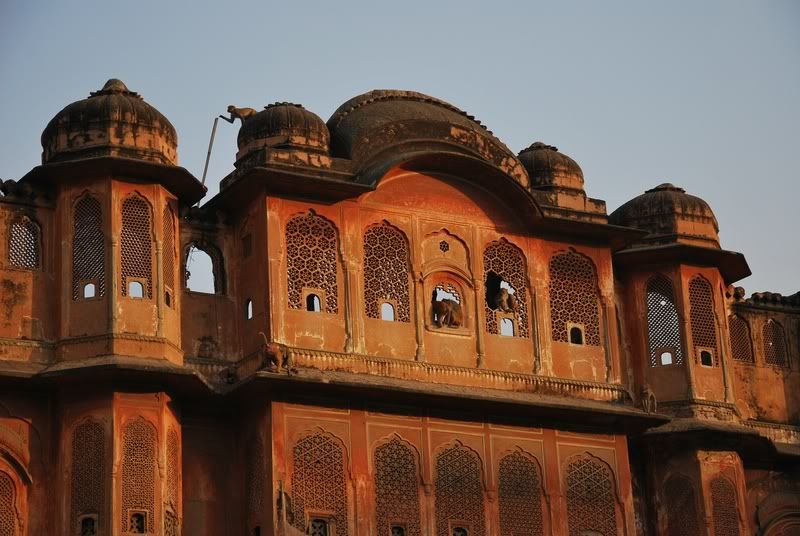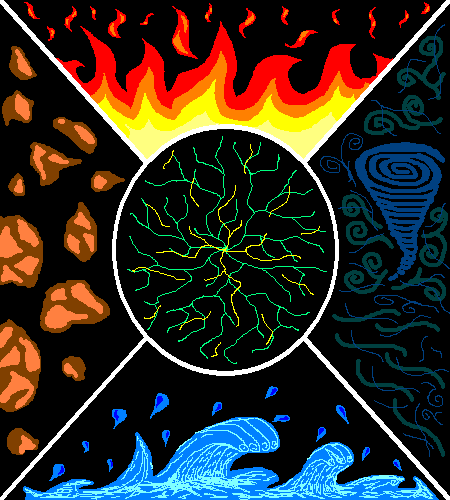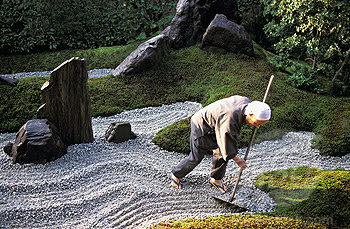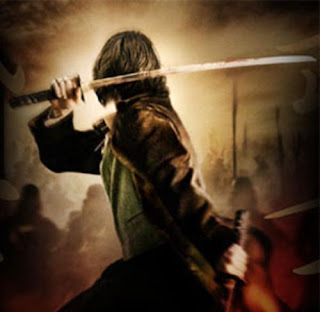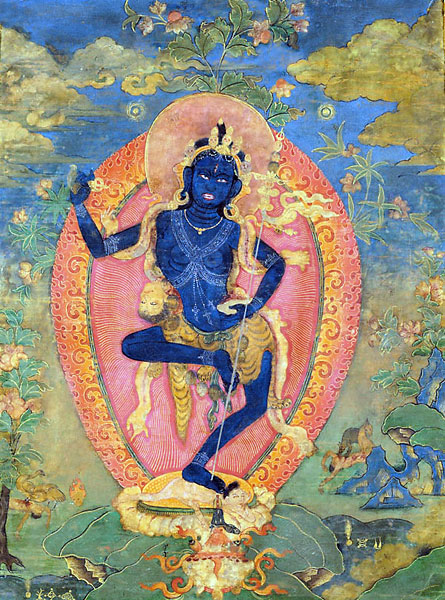It is amazing to know that the Vastu principles discussed in our ancient books are built upon solid foundations of science, to provide all round prosperity for the dweller. In this article, I will cover the scientific basis behind the core Vastu principles.
The entire life in our Universe is based on the five elements: Fire, Earth, Air, Water and Sky. These five elements are found everywhere and anywhere. Even our bodies are composed of these five elements. When any of these elements happen to be in excess or less in our body, the result will be physical or psychological problems. For example, if Fire element is more, we will get physical problems like high BP, insomnia, ulcers and psychological problems like anger and tensions. When Water element dominates, it leads to laziness, hallucinations, fickle mindedness, obesity and indigestion. Vastu is a science of architecture which is aimed at balancing these five elements.
In our solar system, the Sun provides life by giving enough light and heat which makes life possible on Earth. This is the reason our Vedas and Upanishads praised the Sun as the supreme soul (God). Sun rays travel through the Sky and reach our Earth. Thus the Sky element is the carrier of life energy. Sky element should be enough to carry abundant life force into our house.
Before constructing a house or building, we should take the measurements of the plot or land. The Sky element is 9% of the length and 9% of the breadth around the plot. For a plot with 60 ft length and 50 ft breadth, we should leave around 5.4ft along the length and 4.5ft along the breadth as Sky element. The Sky element surrounds the entire house something like a box. Remember, the actual construction should be done after deducting space for Sky element. So the actual construction length will be 60-5.4 = 54.6 ft and breadth will be 50-4.5 = 45.5 ft.
We should leave space for the Sky element around the house or building. The Sky element can be kept more by leaving more space around the house or building. In that case, we should leave more space towards East and North directions. It means a house or building should be constructed towards the S-W direction of the plot.
After deducting space for the Sky element, only the remaining area (54.6 X 45.5) should be used for actual construction. This area should be divided into 4 equal parts of each 25%. Part 1 starting from middle of North till middle of East is represented by Water element. Part 2 from the middle of the East side to middle of South represents Fire element. Part 3 from middle of South till middle of West represents Earth element. Part 4 from middle of West to middle of North represents Air element.
After finding the elements in the plot, the next step is to find the Brahma sthana. Brahma sthana represents the place where lord ‘Brahma’ the creator resides. It is a mixture of all the 5 elements (Water, Fire, Earth, Air and Sky) since Brahma is the creator for all the 5 elements. Brahma sthana is a rectangular area with 1/3rd of the length and 1/3rd of the breadth in the center. Take the length and breadth of the actual construction area and divide each with 3. In our example, 54.6/3 = 18.2 ft and 45.5/3 = 15.2 ft. So the Brahma sthana in our building will be in the exact center in a rectangular form with 18.2 ft length and 15.2 ft breadth.
Balancing the five elements:
It is essential to balance these five elements. The Sky element should be 9% of the length and 9% of the breadth. Even if the Sky element is more, there is no problem. But it should not be less than 9%. Water, Fire, Earth and Air elements should occupy exactly 25% of the construction area. Brahma sthana should be a rectangular area with 1/3rd of the length and 1/3rd of the breadth in the center. This is how these elements should be kept balanced. If any of these elements are deficit or excess then there will be problems to the residents of that house:
Element: Result if not balanced
Water: Losing God’s grace, loss of male children, generation will not continue, draining of all wealth.
Fire: Quarrels between wife and husband, court litigation, problems to females, getting into debts.
Earth: Severe and chronic illhealth, accidents, death of owner, problem to eldest child, loss of money due to bad habits and enemies.
Air: Loss in business, mind related problems, loss of immovable property and cattle.
Sky: The subtle energy flow cannot reach, so there will be loss of God’s grace, unexpected situations, mental problems, possession of spirits or devils.
Brahma sthana: Problems related to stomach, genitals and lower parts of body. Women will face abortions and children will not survive.
1. An element is said to be imbalanced, if the area of the element is extended or reduced. If the South-East corner is extended there is excess Fire element in that plot. In another example, he South-West corner is cut off and hence there is deficit of Earth element. This is the reason behind the Vastu principle that construction should not be done in plots with irregular shapes like triangle or hexagonal.
Case: Year 2000. A house in Hyderabad, India where S-E block is constructed protruding out. Hence S-E is dominating. The owner of this house, a Government official loses his job immediately after the construction of the house. He stays in the house and quarrels with his wife. His wife is soft and noble. Later, I came to know that he applied for divorce from his wife.
2. Since our soul has taken physical form and we live on this material earth, the Earth element can be a little bit raised when compared to other elements. Next to Earth, we can have Fire element a little bit raised and then Air and lastly Water. Since Water naturally flows downwards, Water element can be a bit lowered in the house. It means, when construction is done, the flooring should start at a height of 5 or 6 inches in the N-W and should slowly slope down towards N-E. This applies to flooring as well as to rooms constructed on the terrace. If a room is built on the terrace in the N-W corner, there will not be any problem as the Earth element is raised. But if the room is built in N-E or East side, and the remaining directions are free, then it leads to problems.
In another example, the house has Water and Air elements dominating when compared to the other two elements which results in Vastu problem.
3. When there is no sufficient place around a house or building, it leads to imbalance of Sky element. In another case, the house is in between two gigantic buildings. The Sky elements of the two buildings overlap the Sky element of the house and hence the people live in that house will face problems.
4. Mixing the opposite elements will lead to chaotic environment. For example, a kitchen that is constructed in the Water element - as the kitchen represents Fire, it is being mixed with Water element and this will cause problems to the residents.
Case: Year 2009. A house at Palakol, India. The toilets are constructed in the N-E part of the house. When I visited this house, I predicted that the generation will not continue. The owner of the house has two children. The owner died due to illhealth. Later, their daughter died by committing suicide. Recently their son has developed problem in the kidneys and both of his kidneys stopped functioning. N-E is considered as sacred direction because the pranik energy comes from N-E. So, a toilet should never be constructed in N-E or East or North. It should be in South, S-W or West. Update: The mother has given one of her kidneys to her son. Even though the operation was successful, later complications arose, and the boy died at KIMS hospital at Hyderabad, India in June 2010.
5. Brahma sthana which lies in the center of the house should be left free. This means, a pillar or wall should never be laid in the brahma sthana.
Uniform flow of Pranik lines:
The pranik (life) energy which comes from Sun and other planets comprises of various types of energies like magnetic energy, light, thermal energy, gravitational energy and various types of radiations. These energies reach the people live on this earth and influence the parts of their body. For example, scientists found millions of Ferrous Oxide crystals in human brain which are highly influenced by the magnetic and electrical fields. Such magnetic material is also available in the other parts of human body.
The pranik energy enters the house mainly from East, as Sun is the principal source for it. When the house is constructed in alignment to the four main directions, East, West, North and South, the pranik energy distribution in the house will be uniform. This will ensure good health to the residents. On the other hand, if the house is constructed in deviation from the main directions, then the pranik energy flow will be uneven and zig- zag - in this example, this leads to health problems both physical and mental. This is the reason why Vastu does not like houses facing the corner directions like N-E, S-E, S-W or N-W.
